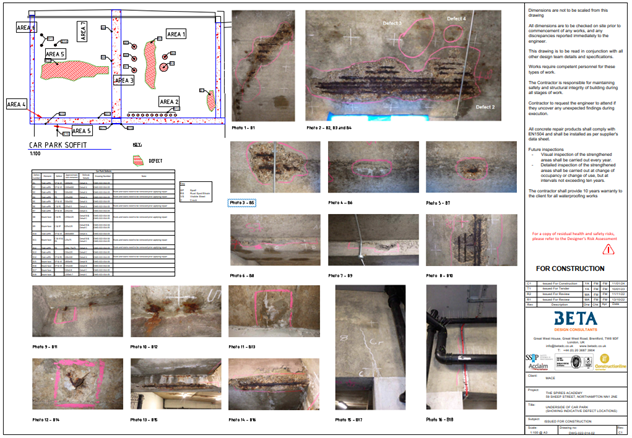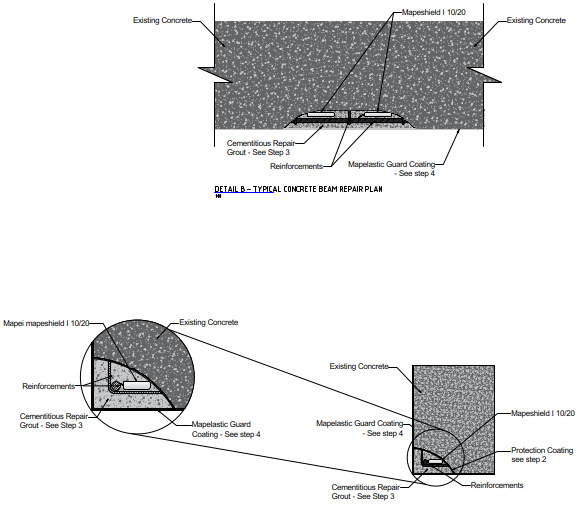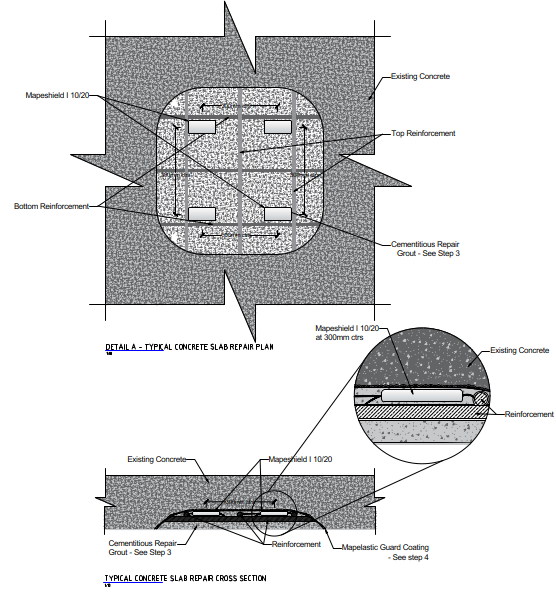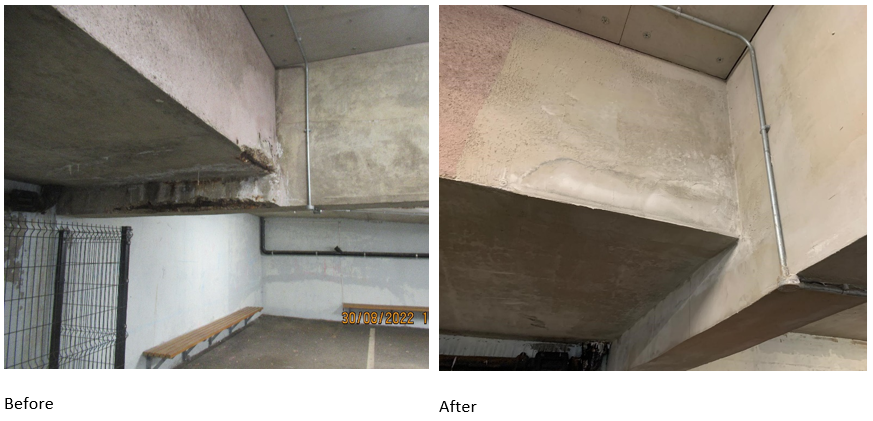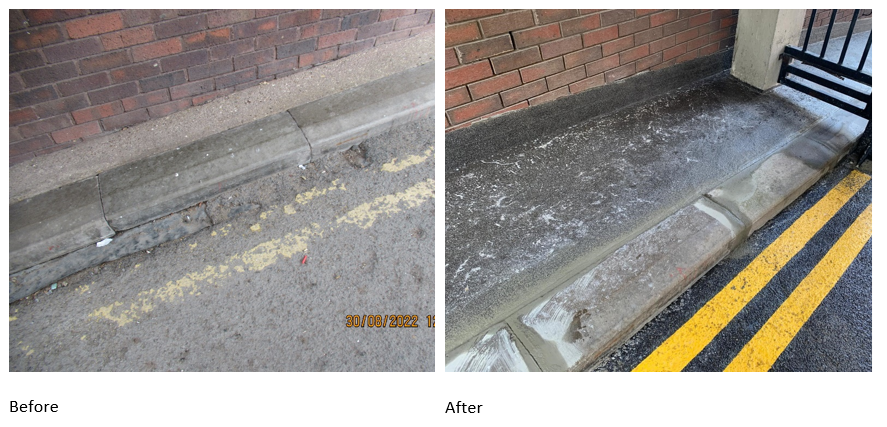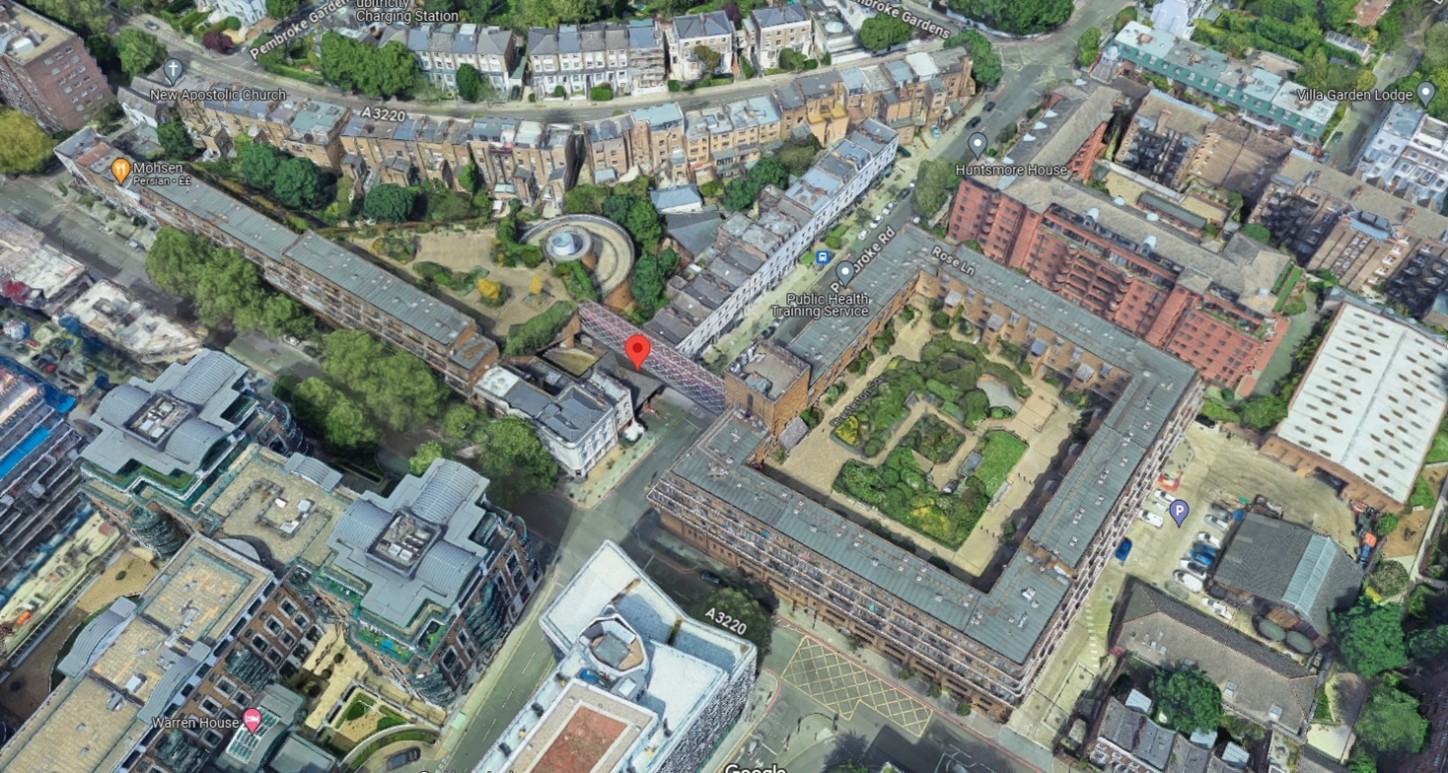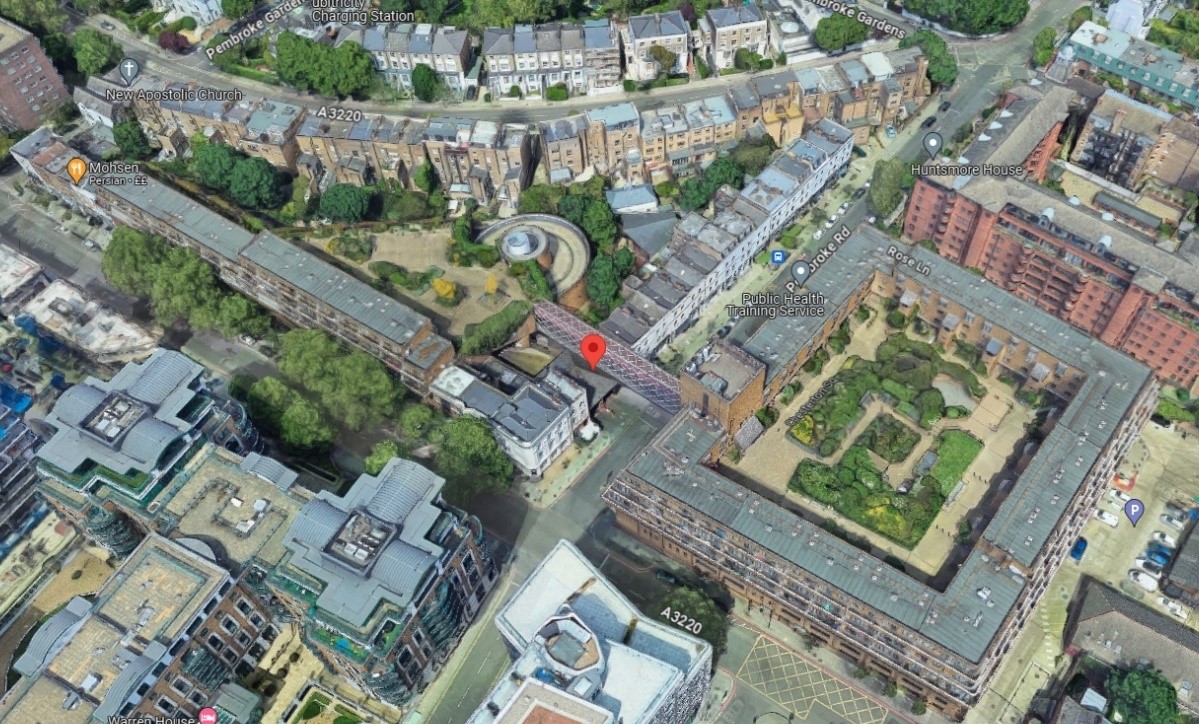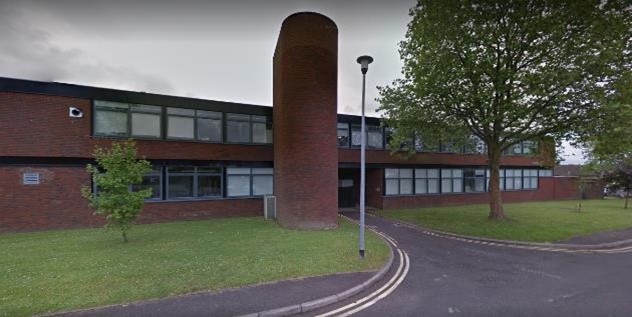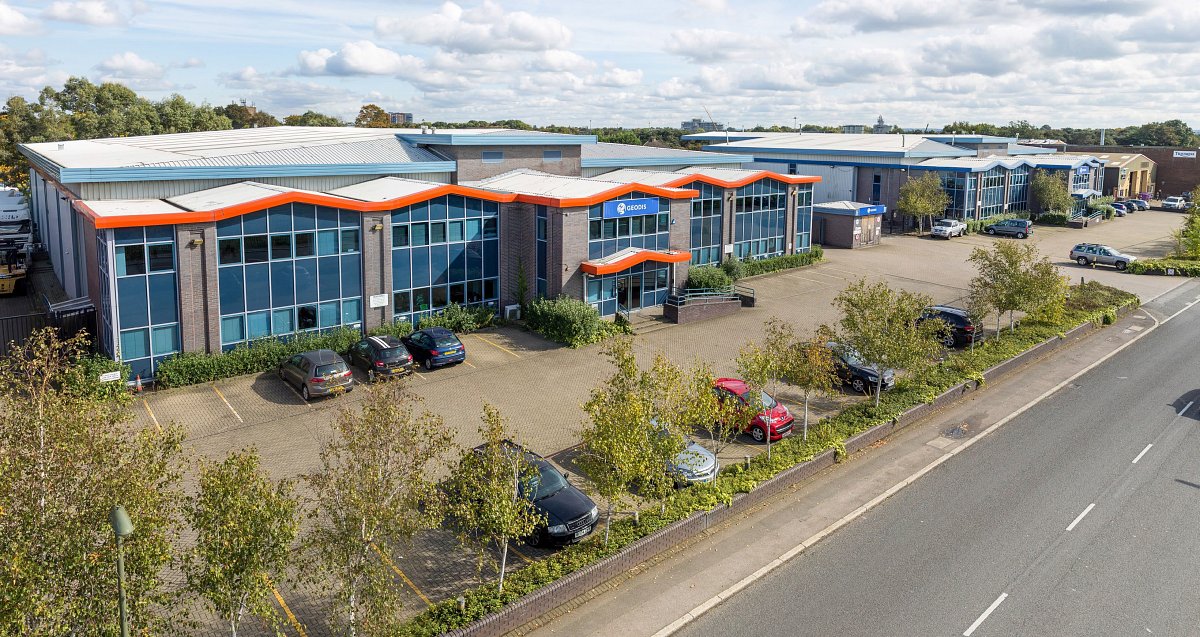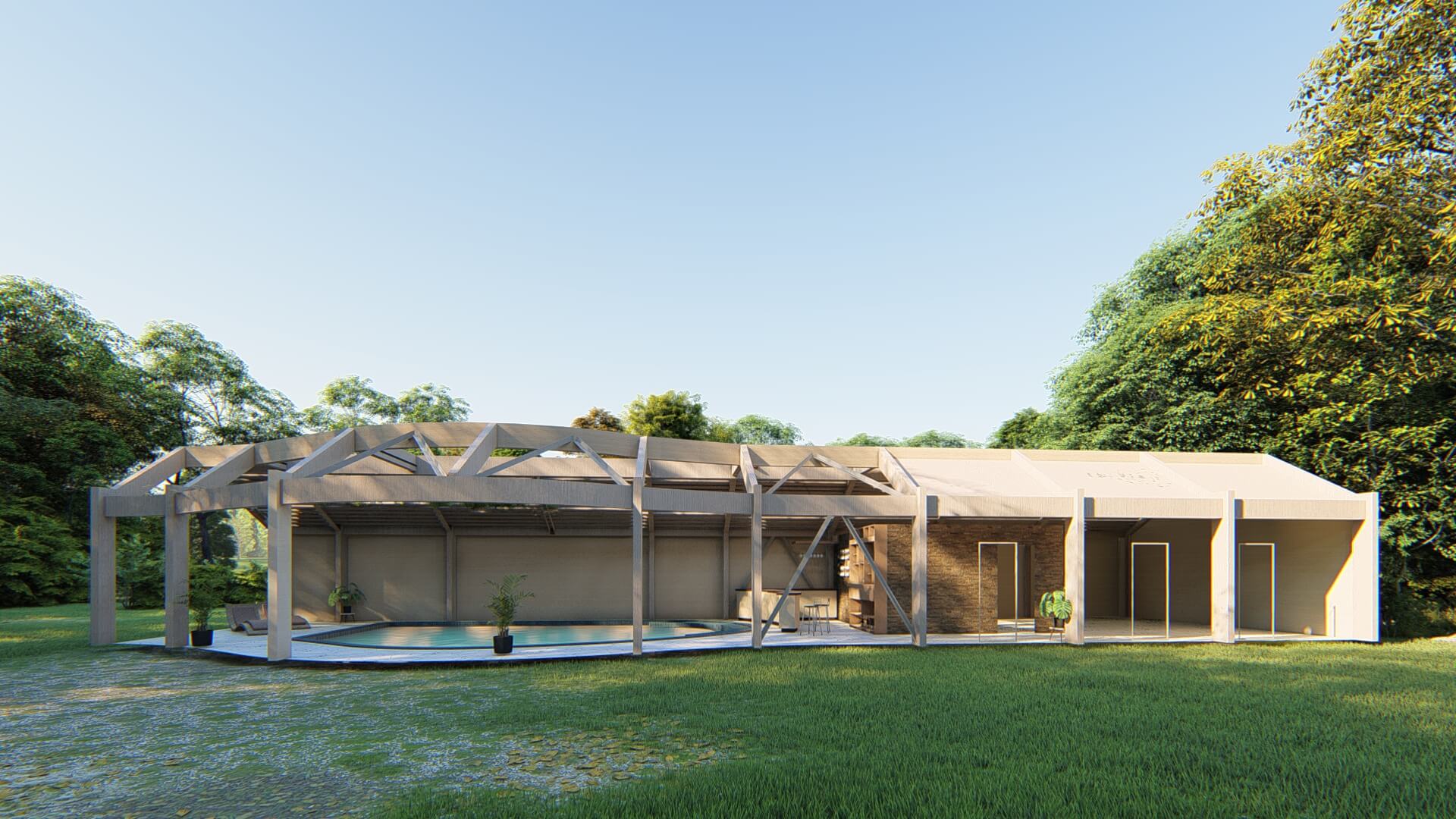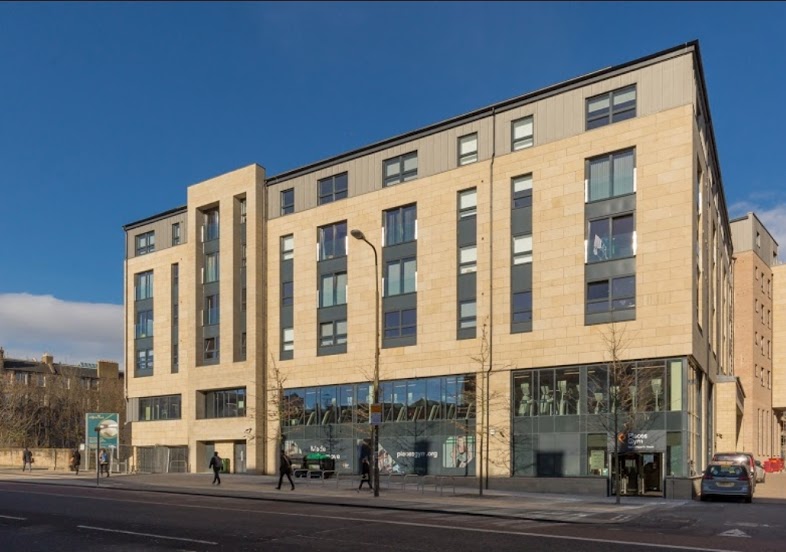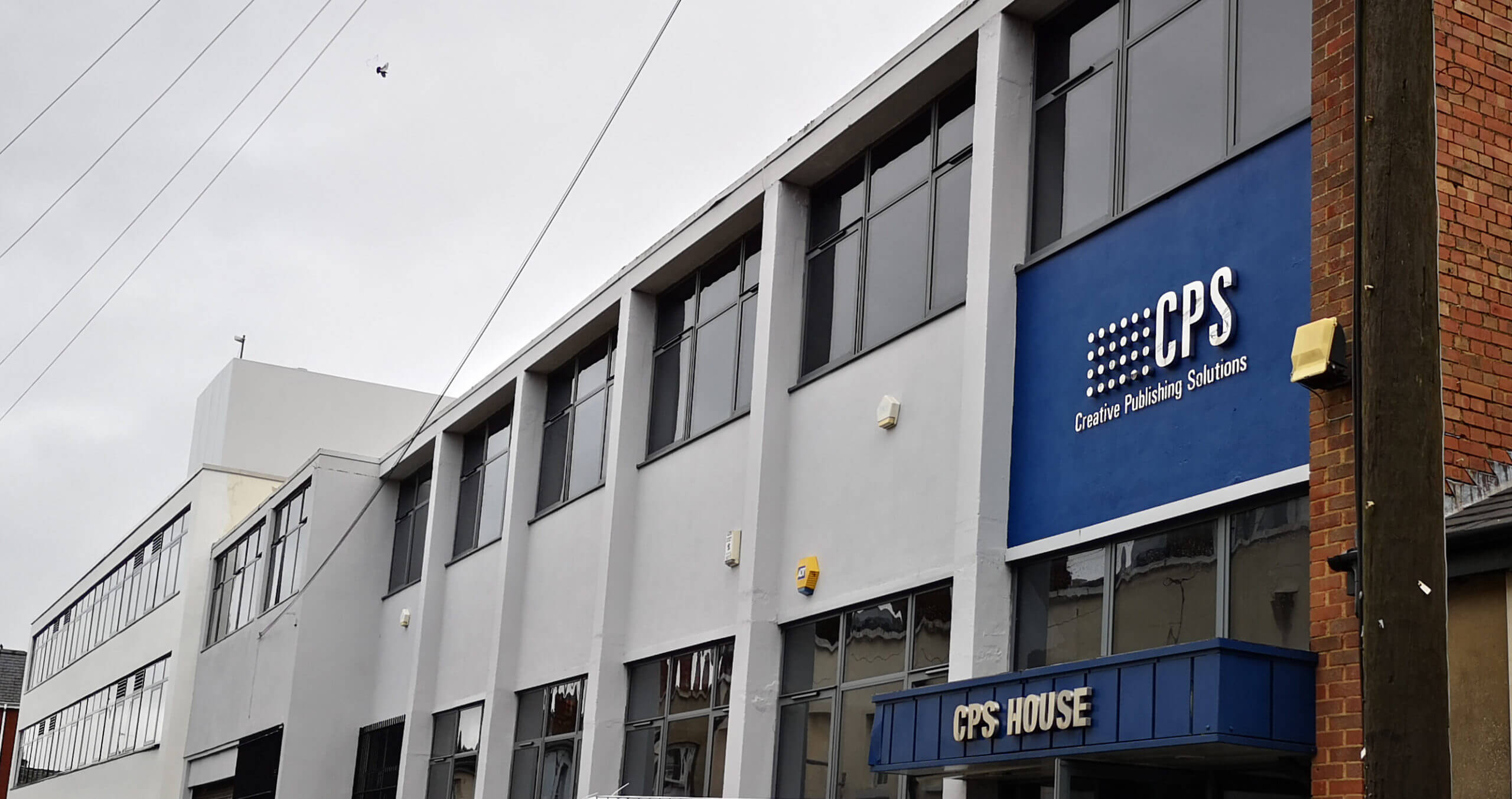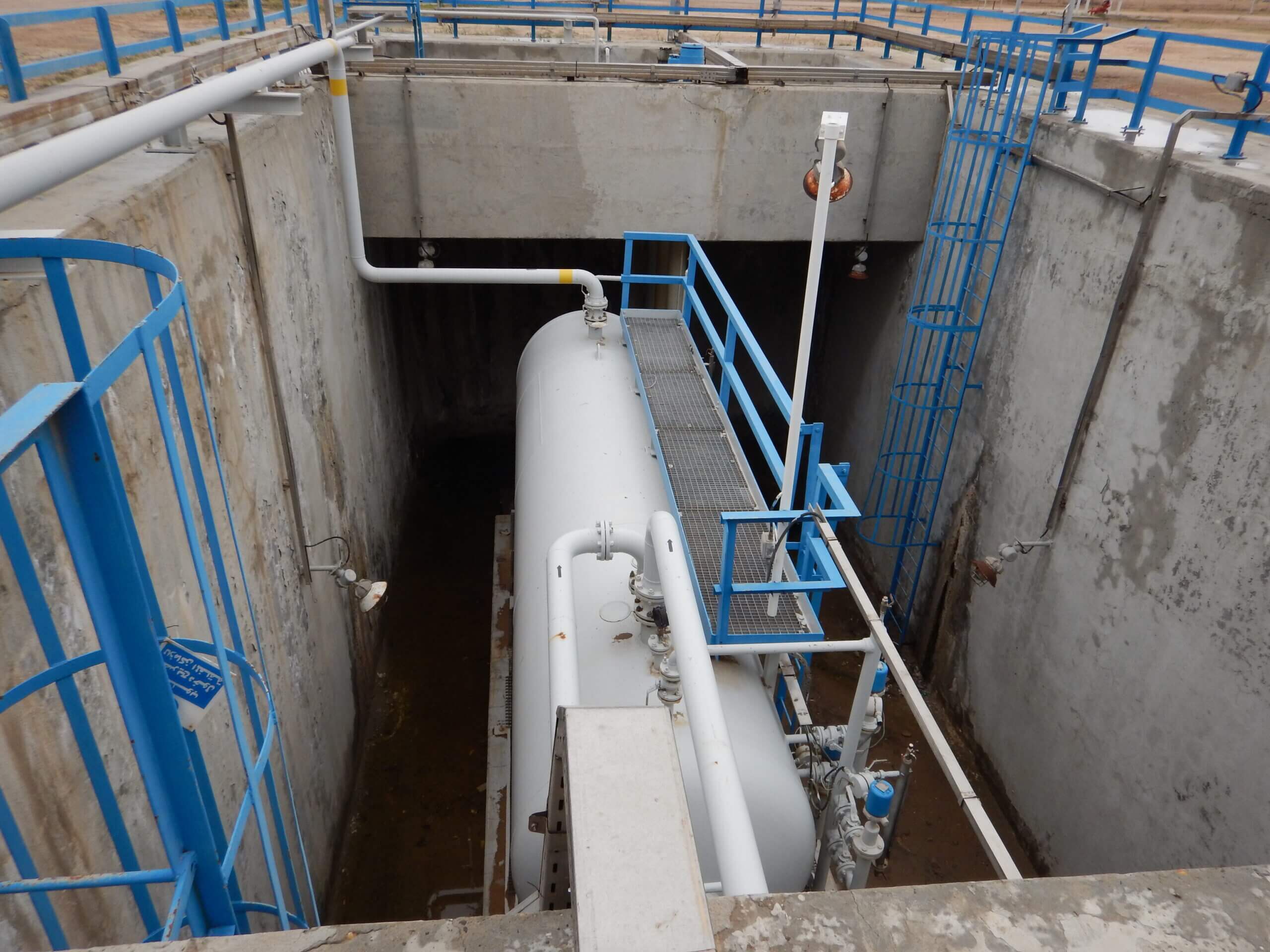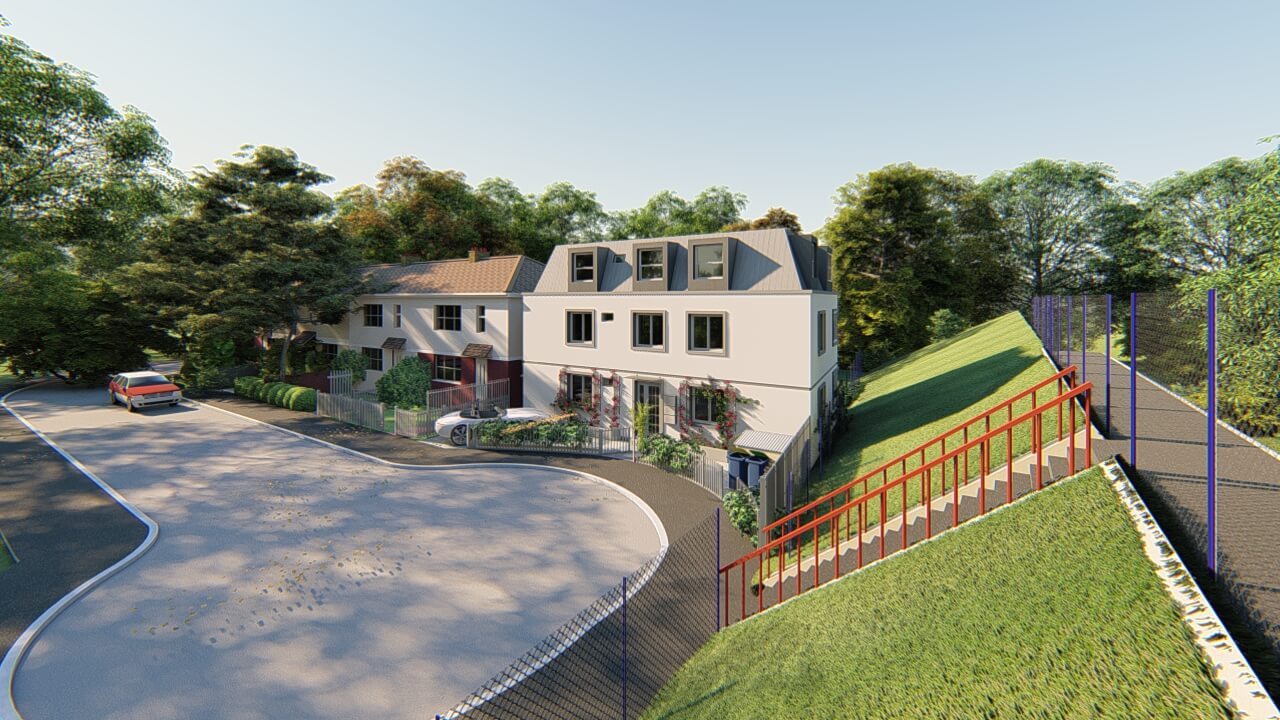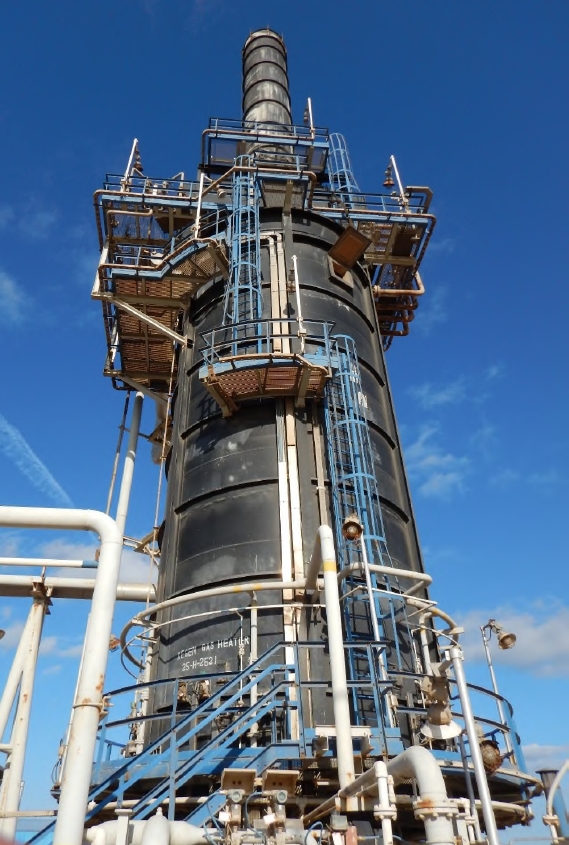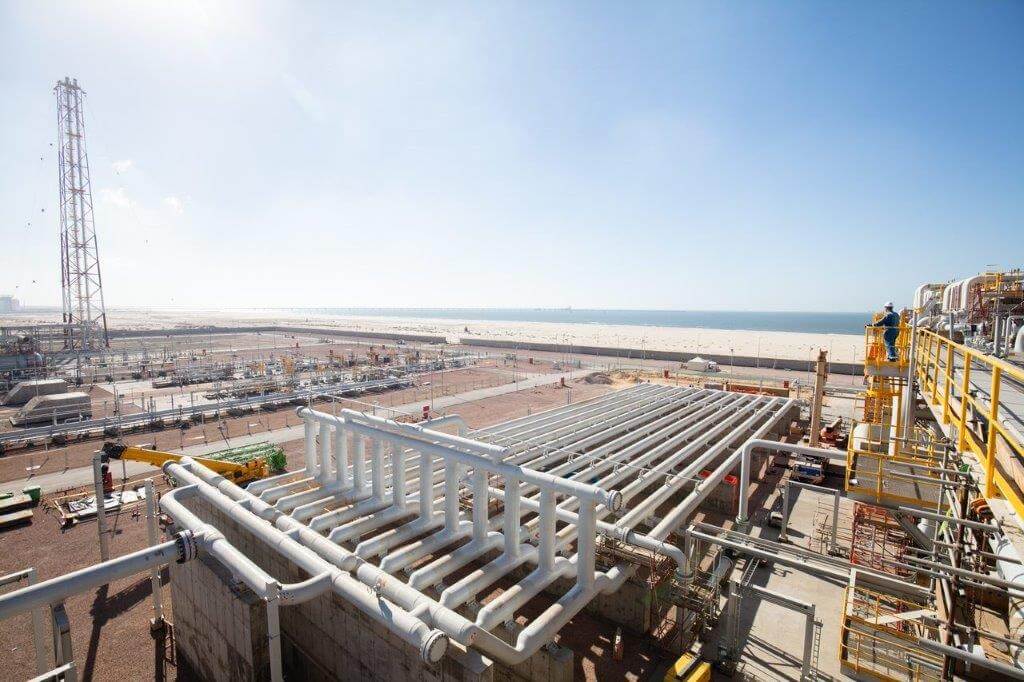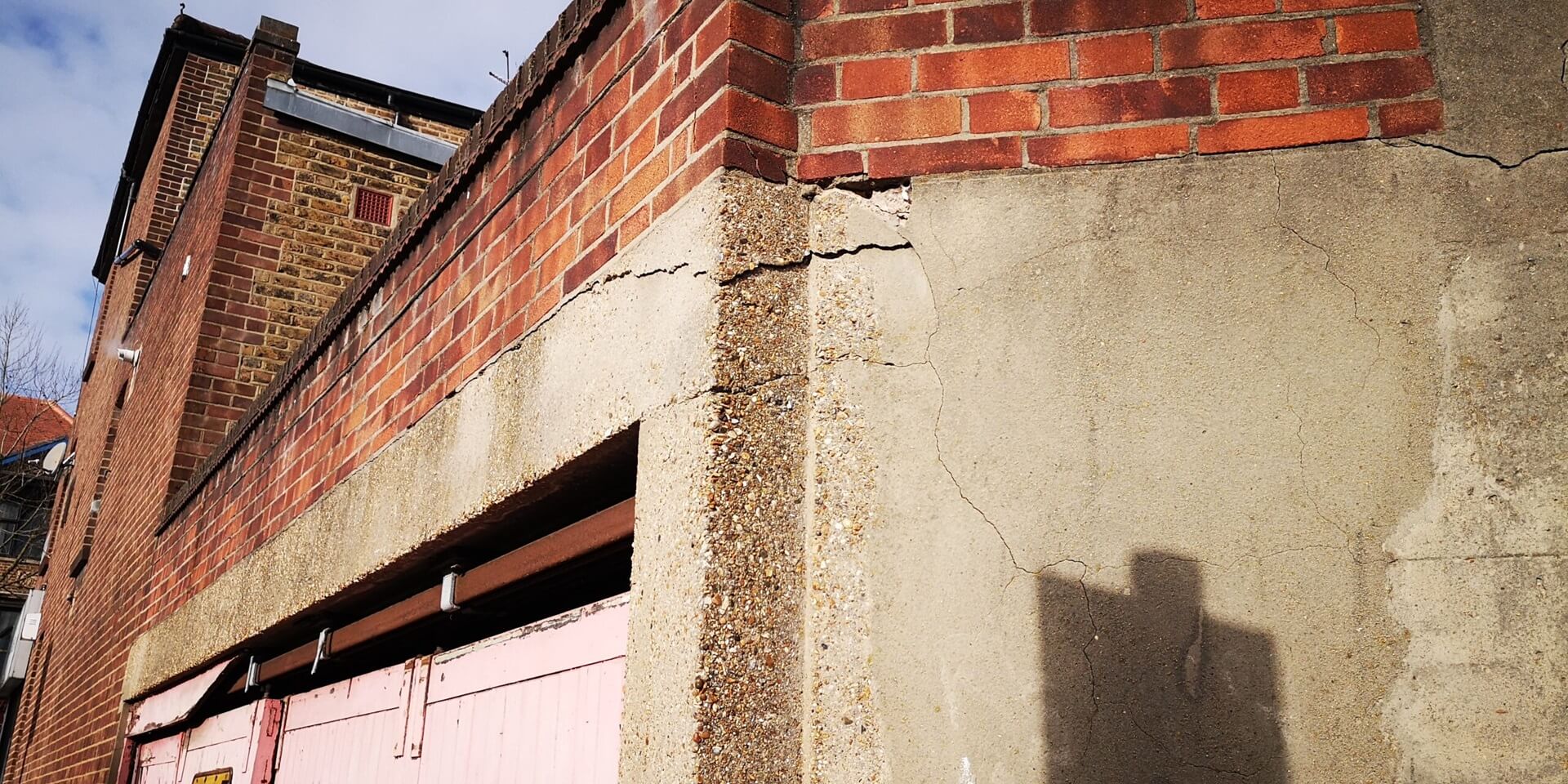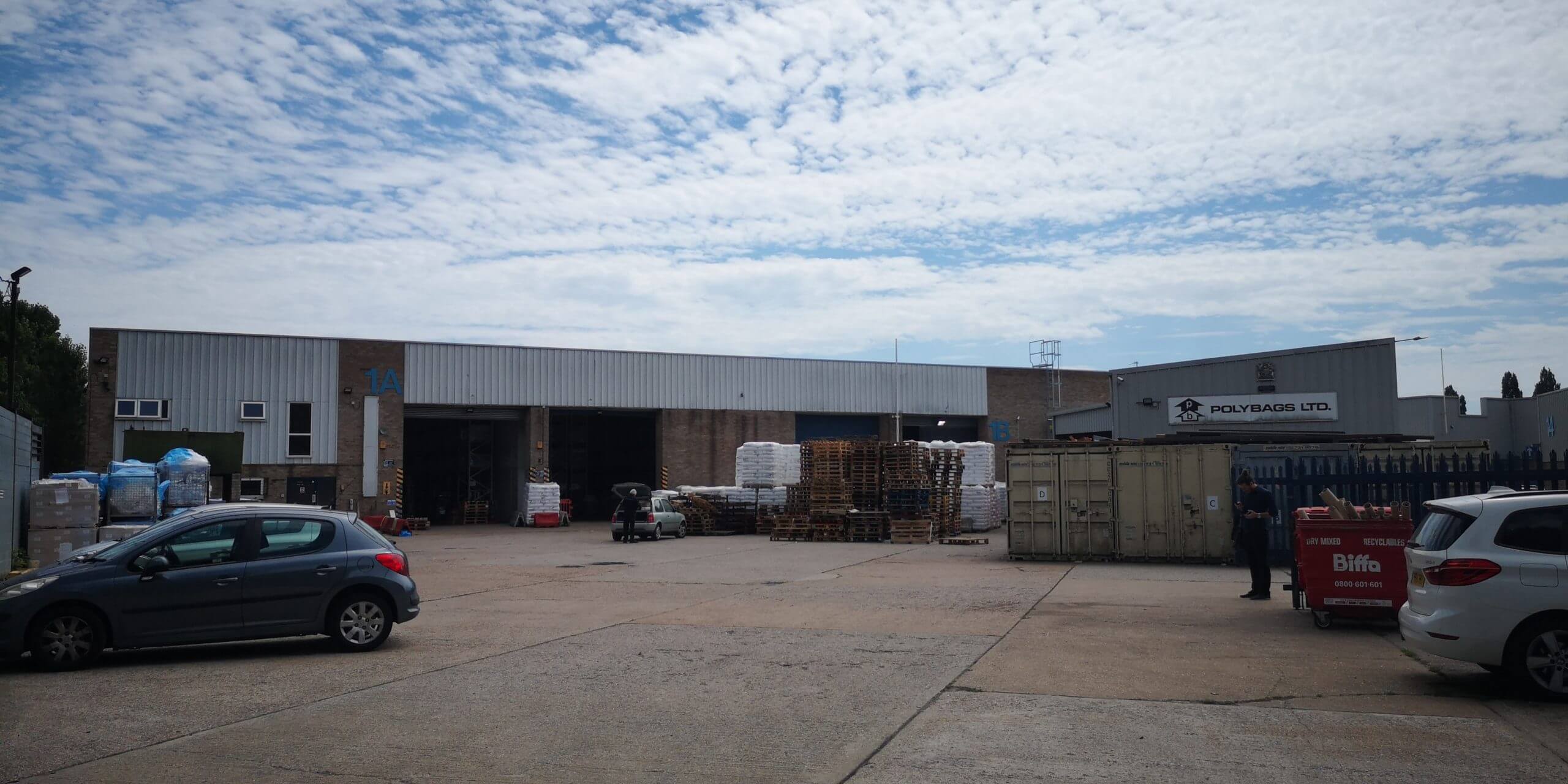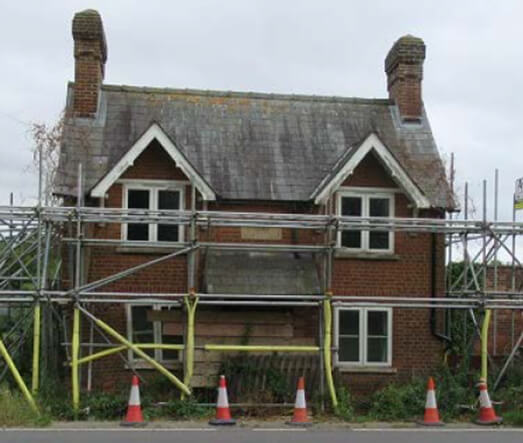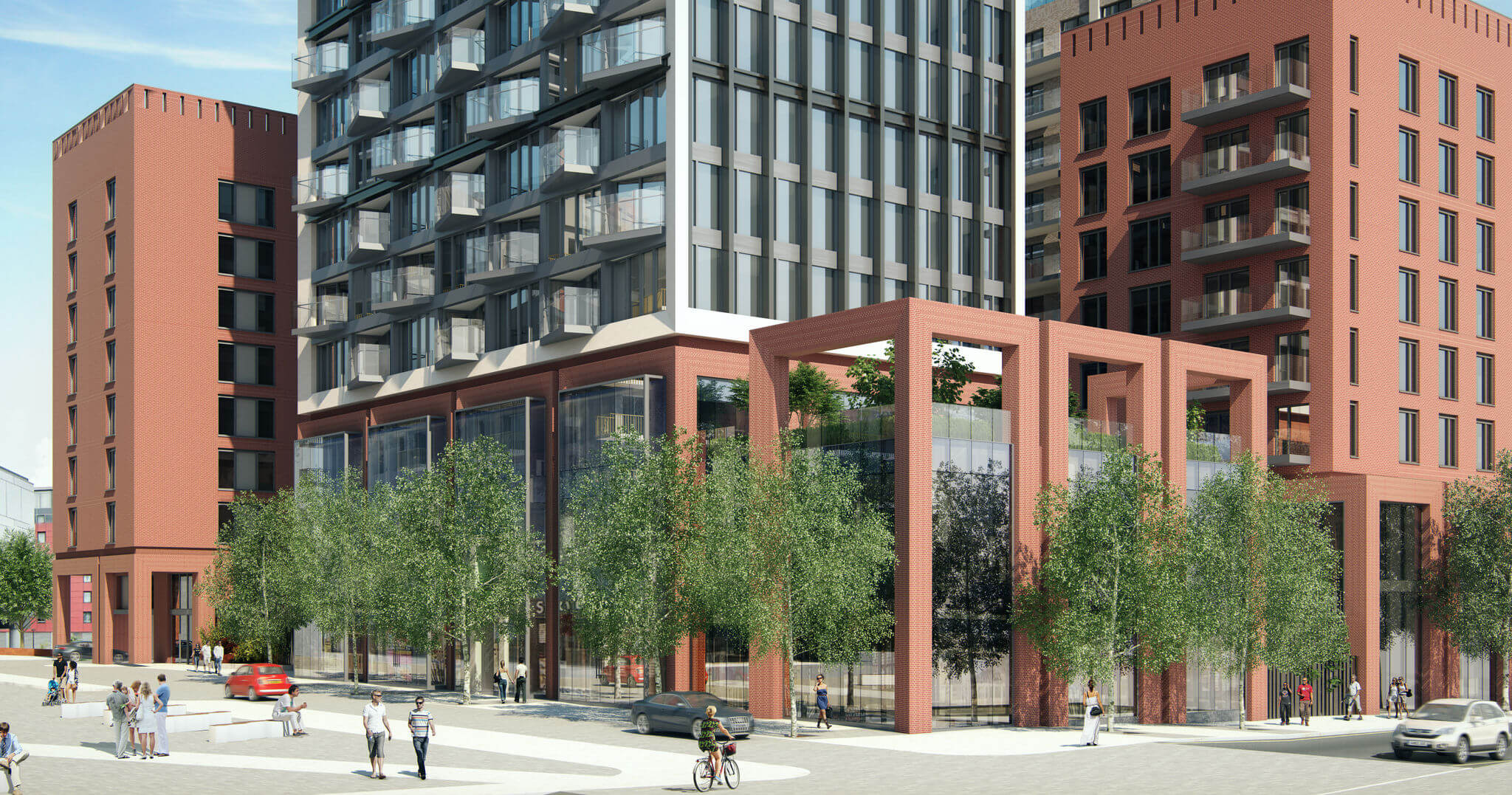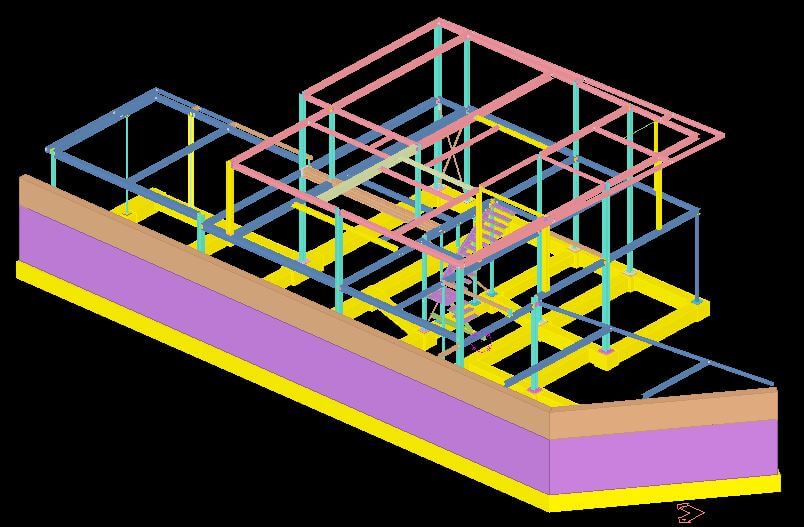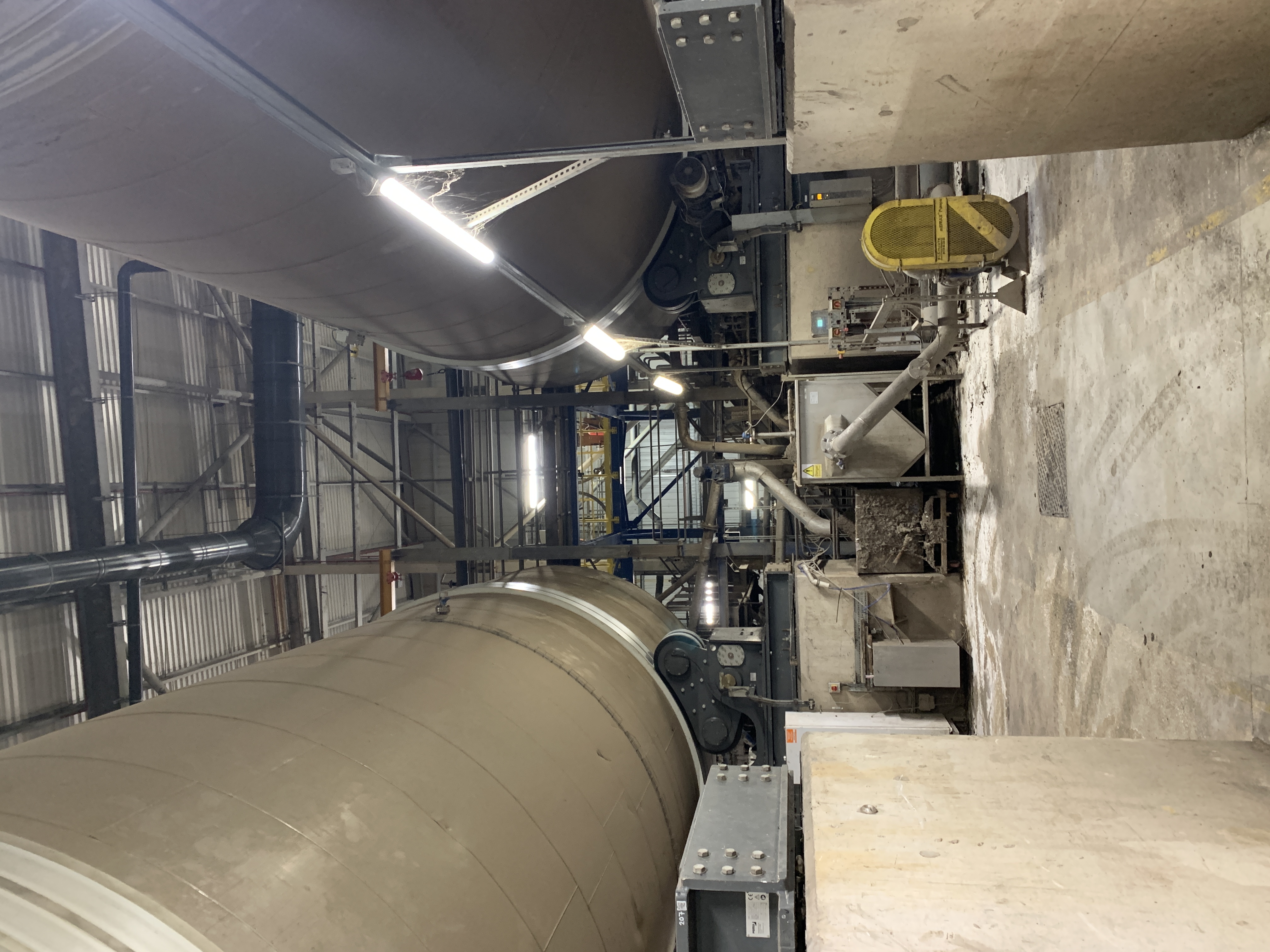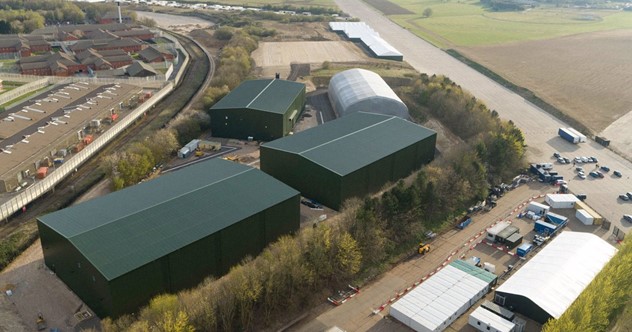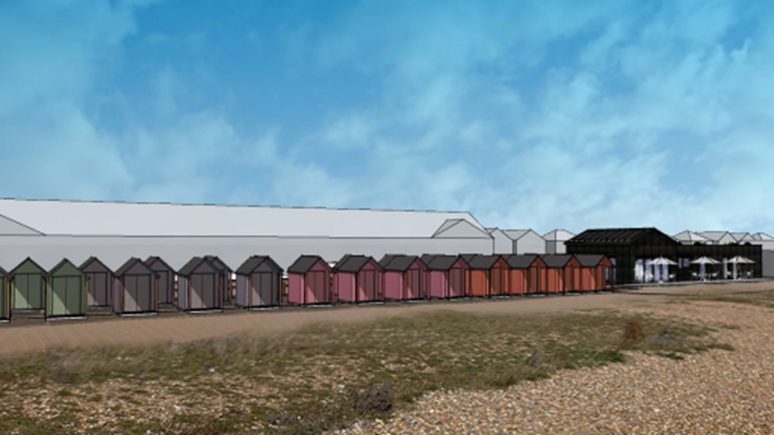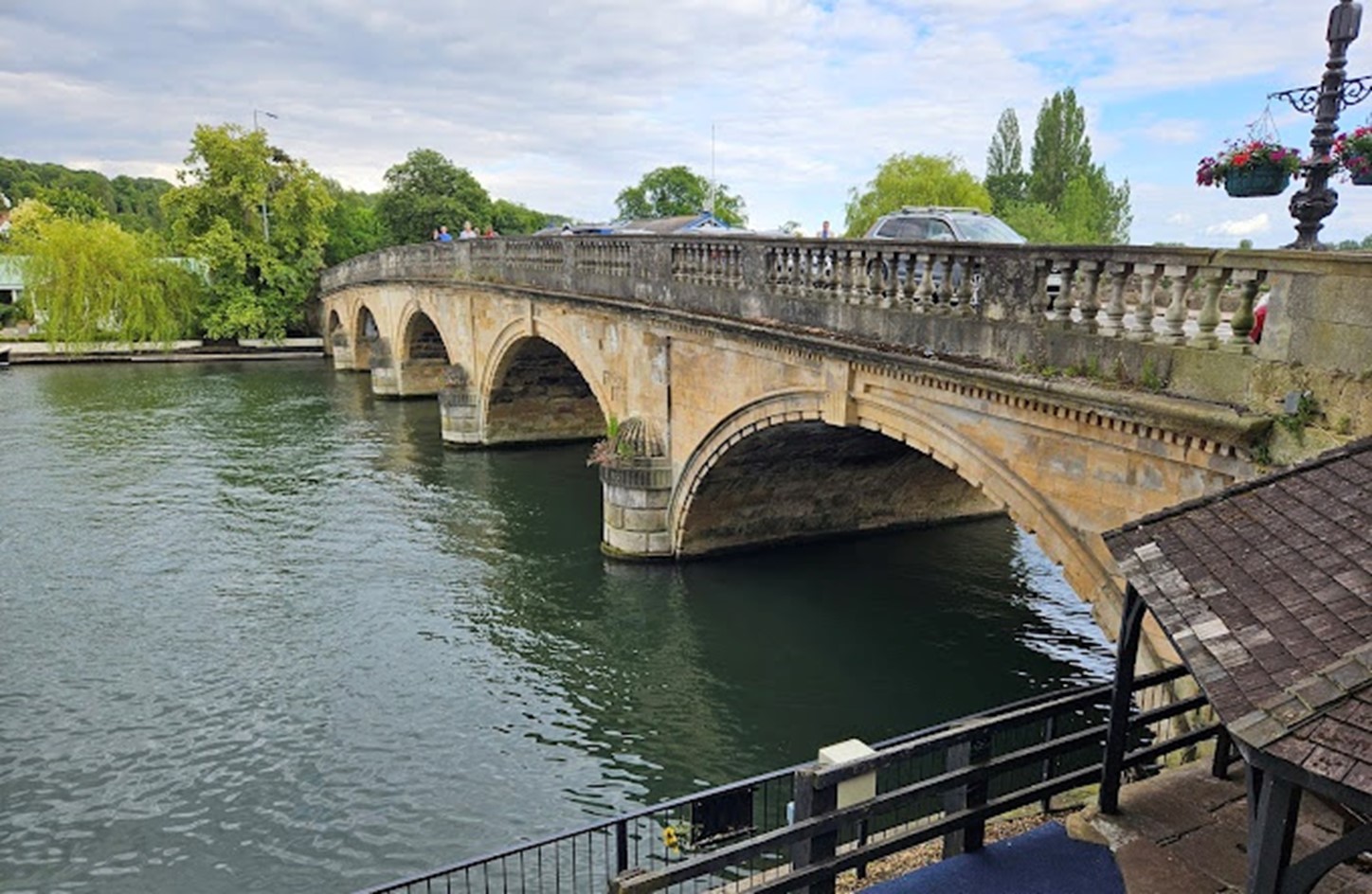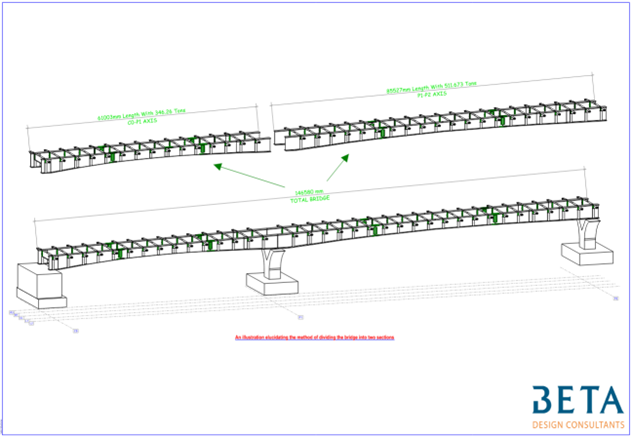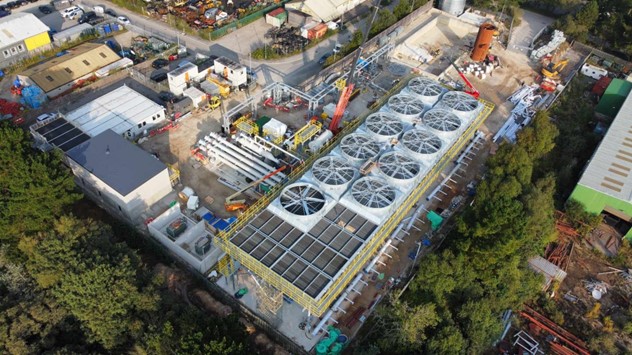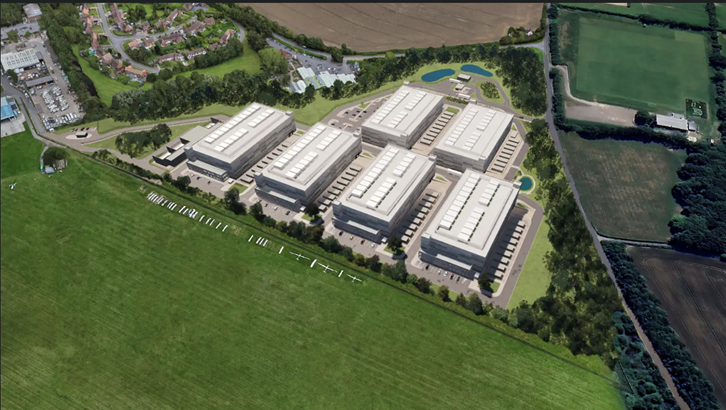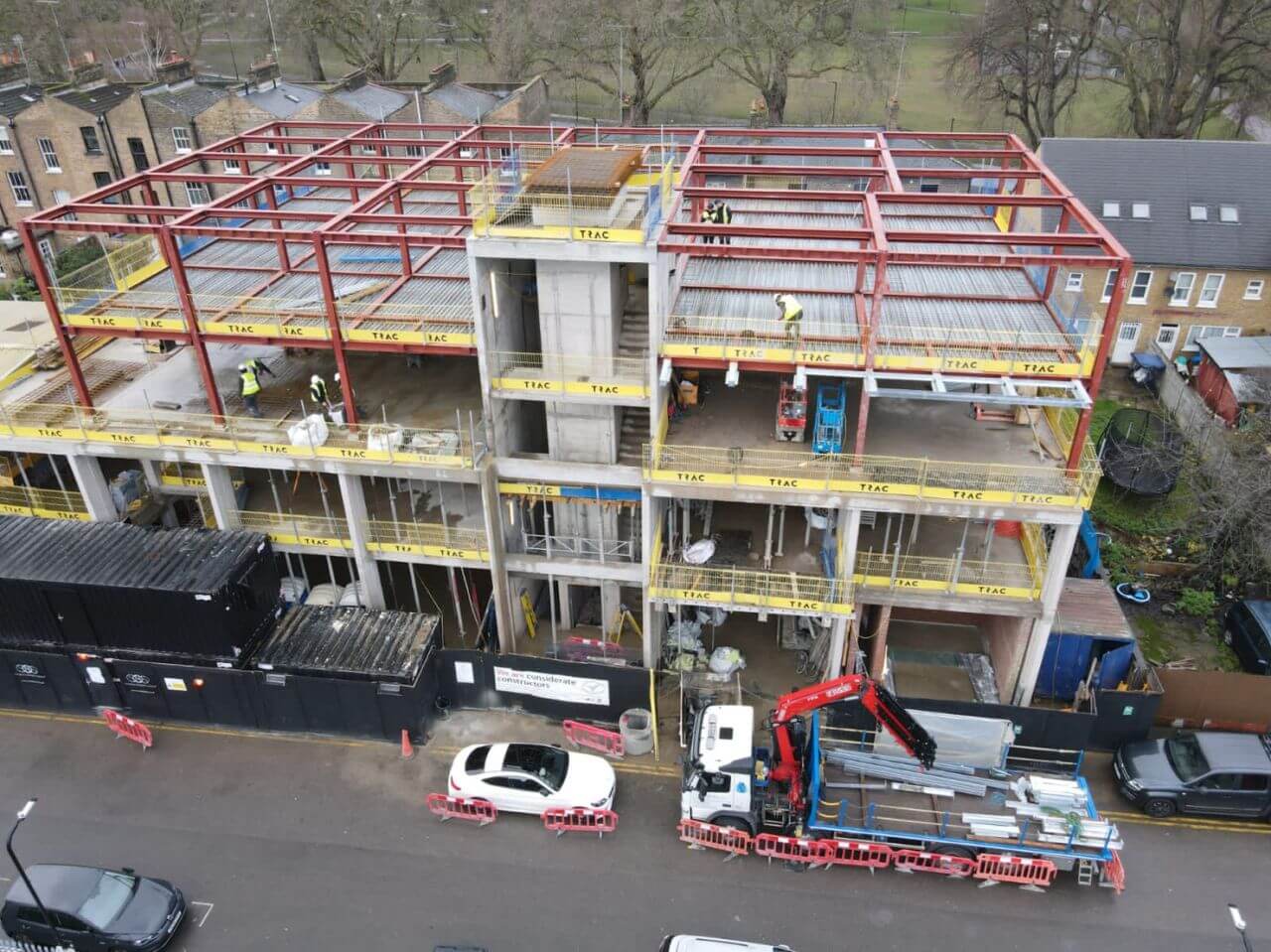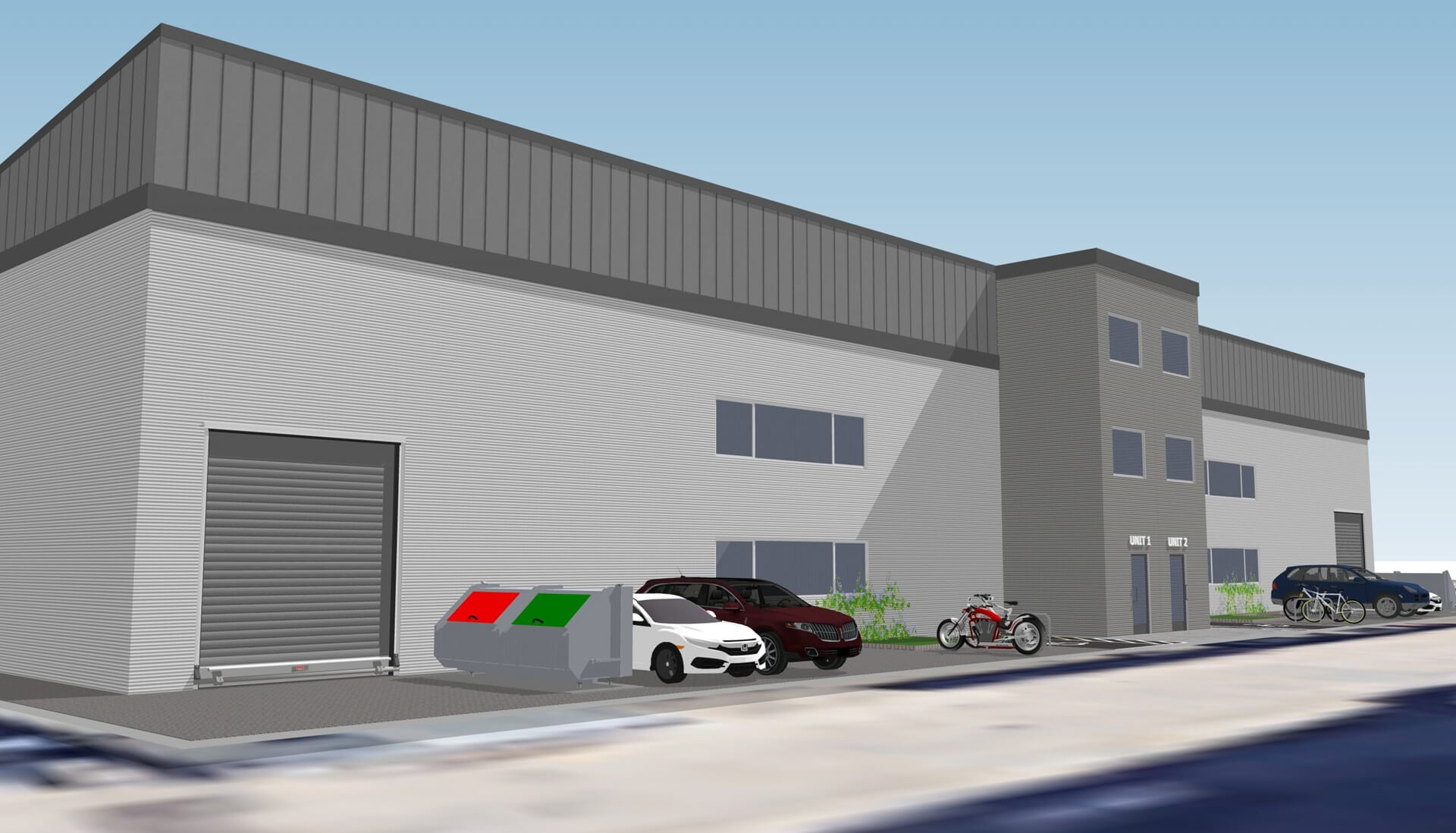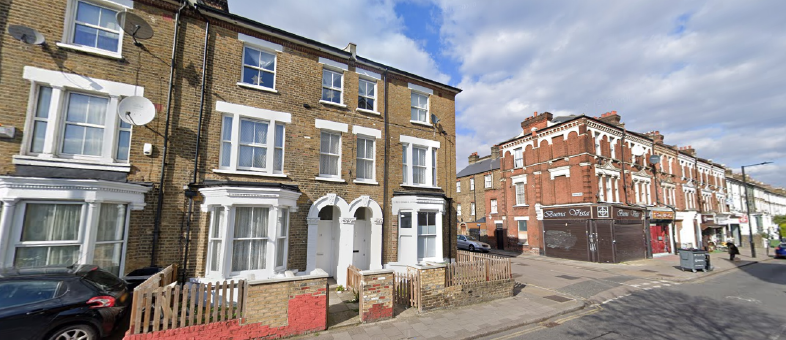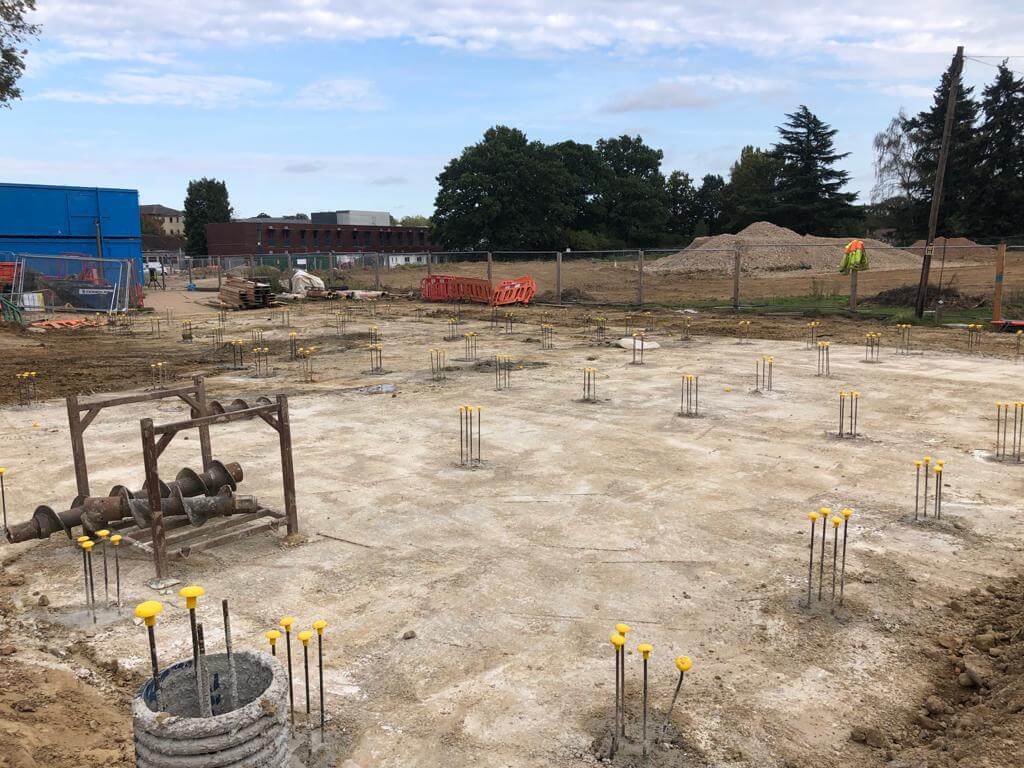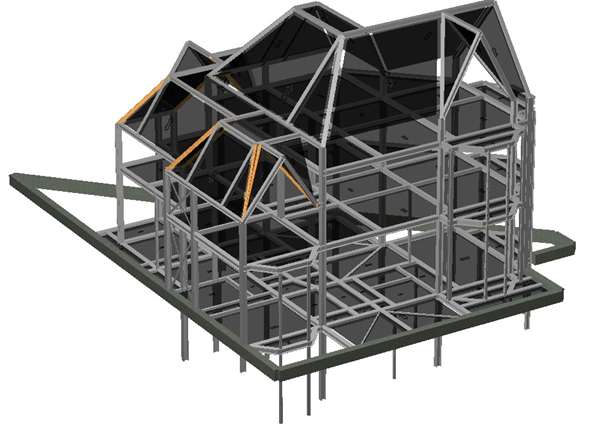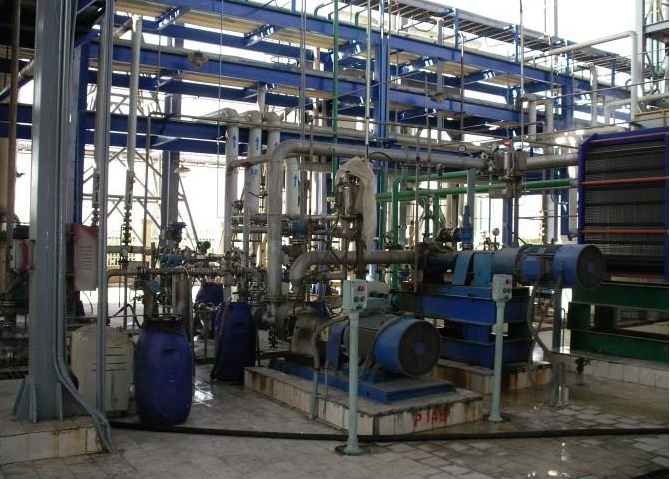Spire Academy (Horizon Academy) Car Park Refurbishment

Background
Spire Academy, formerly an alternative provision free school at 59 Sheep Street, Northampton, catered to students with social, emotional, and behavioural needs, but it was replaced by New Horizons Academy in 2024, which continues to provide specialized education for children aged 5 to 11.
Spire Academy required a comprehensive structural investigation and refurbishment to extend the service life of the basement which included a concrete ramp structure that had long-term corrosion issues. The project focused on assessing corrosion-related deterioration, carrying out a detailed structural investigation and structural assessment of ramp capacity, followed by strengthening the structural elements, and enhancing waterproofing measures to ensure long-term durability. The refurbishment aimed to provide a cost-effective and sustainable solution, minimizing disruption to the academy’s operations while ensuring compliance with modern safety standards.
Beta Scope
Beta Design Consultants was tasked with delivering the following key engineering services:
1. Structural Investigation and NDT/Intrusive Testing:
A detailed structural assessment was conducted using both non-destructive testing (NDT) and intrusive methods to evaluate the existing condition of concrete and reinforcement:
- Ground-Penetrating Radar (GPR) Scanning – Mapping of reinforcement layout.
- Ferro-scanning – Verification of reinforcement cover and bar positioning.
- Ultrasonic Pulse Velocity (UPV) Testing – Assessment of concrete quality and integrity.
- Half-cell Potential Mapping – Corrosion risk assessment of embedded steel.
- Concrete Core Sampling & Petrographic Analysis – Identification of material properties and degradation extent.
- Chloride Content Testing – Determination of chloride-induced corrosion levels.
- Carbonation Depth Measurement – Analysis of concrete durability and protection.



2. Structural Assessment Considering Section Loss:
- Finite Element Modelling (FEM) was conducted to simulate structural behaviour under existing loads and identify critical areas requiring strengthening.
- Deterioration mapping of slabs, beams, and columns was performed to quantify section loss and evaluate their ability to meet safety requirements.
- Strengthening requirements were determined based on predicted future loading conditions and intended service life extension.

3. Structural Strengthening Using HPC Overlay:
To restore load-bearing capacity, an HPC (High-Performance Concrete) overlay was applied:
- Increased durability and flexural strength, ensuring compliance with structural codes.
- Thixotropic special mortar used on ramps and inclined surfaces to enhance adhesion and workability. HPC Planitop Tixo was used from Mapei.
- Strengthening of slabs and beams to accommodate future usage loads.


4. Repair Specifications Using Cathodic Protection:
To mitigate further corrosion and extend the service life by 10 years, a cathodic protection strategy was employed:
- Sacrificial anodes installed in key locations to actively reduce reinforcement corrosion.
- Localized patch repairs using polymer-modified mortar to restore section thickness.
- Crack injection using epoxy resin to seal structural cracks and prevent further water ingress.
- Protective coatings applied to exposed reinforcement to enhance durability.


5. Waterproofing Specifications & Expansion Joints Detailing:
To prevent future water ingress and deterioration, comprehensive waterproofing solutions were implemented:
- Elastomeric waterproof coatings applied to all exposed concrete surfaces.
- Replacement of expansion joints with flexible and durable sealing systems.
- Improved drainage provisions to direct water away from critical structural elements.
- Slip-resistant coatings applied in high-traffic areas for enhanced safety.
- A Triflex system was used and applied by CRL.

Challenges and Solutions
Throughout the project, Beta Design Consultants overcame several challenges to ensure the successful delivery of the design:
1. Severe Corrosion of Reinforcement:
- Investigation revealed advanced corrosion in structural elements due to water ingress and chloride contamination.
- Load-bearing capacity of some sections had significantly reduced, requiring immediate intervention.
2. Waterproofing Failures & Moisture Ingress:
- Previous waterproofing membranes had deteriorated, leading to extensive water penetration into the structural elements.
- High moisture levels contributed to carbonation and chloride-induced corrosion.
3. Structural Section Loss & Load Capacity Concerns:
- Beams and slabs exhibited section loss, compromising their ability to support loads safely.
- The academy required an accurate assessment of residual structural capacity to determine necessary strengthening.
4. Maintaining Operational Continuity:
- Refurbishment works had to be phased strategically to allow school activities to continue with minimal disruption.
Sustainability Considerations:
- A specially designed high-performance concrete mix with reduced cement content was used to lower carbon footprint.
- Extending the life of existing structures avoided the environmental impact of demolition and reconstruction.
- Selective repairs minimized material wastage, while sacrificial anodes prolonged reinforcement life, reducing long-term resource consumption.
Cost Considerations & Value Engineering:
- The cathodic protection system provided a cost-effective way to control corrosion without requiring full-scale replacement of structural elements.
- HPC overlay and targeted strengthening minimized the need for excessive reconstruction, reducing project costs while achieving the required performance.
- Waterproofing and drainage improvements ensured long-term durability, reducing the likelihood of costly future repairs.
Results & Outcome:
✔ Service life extended by 10 years with targeted repairs and strengthening.
✔ Effective corrosion management using cathodic protection, reducing future deterioration risks.
✔ Enhanced structural integrity, restoring load-bearing capacity.
✔ Improved waterproofing, preventing further moisture ingress and material degradation.
✔ Minimized operational disruptions, ensuring continued use of the facility during refurbishment.
